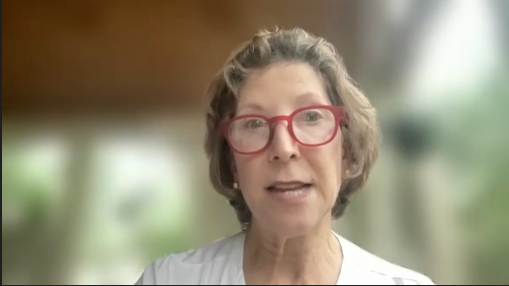Publication
Article
CURE
Web Exclusive: Follow-Up Care for Skin Cancer
Author(s):
Follow-up care after treatment for skin cancer is important.
Follow-up care after treatment for skin cancer is important. Your doctor will monitor your recovery and check for new skin cancer. New skin cancers are more common than having a treated skin cancer spread. Regular checkups help ensure that any changes in your health are noted and treated if needed. Between scheduled visits, you should check your skin regularly. You will find a guide for checking your skin below. You should contact the doctor if you notice anything unusual. It also is important to follow your doctor's advice about how to reduce your risk of developing skin cancer again.
The best time to do a skin self exam is after a shower or bath. You should check your skin in a room with plenty of light. You should use a full-length mirror and a hand-held mirror. It’s best to begin by learning where your birthmarks, moles, and other marks are and their usual look and feel.
Check for anything new:
-New mole (that looks different from your other moles)
-New red or darker color flaky patch that may be a little raised
-New flesh-colored firm bump
-Change in the size, shape, color, or feel of a mole
-Sore that does not heal
Check yourself from head to toe.
-Don't forget to check your back, scalp, genital area, and between your buttocks.
-Look at your face, neck, ears, and scalp. You may want to use a comb or a blow dryer to move your hair so that you can see better. You also may want to have a relative or friend check through your hair. It may be hard to check your scalp by yourself.
-Look at the front and back of your body in the mirror. Then, raise your arms and look at your left and right sides.
-Bend your elbows. Look carefully at your fingernails, palms, forearms (including the undersides), and upper arms.
-Examine the back, front, and sides of your legs. Also look around your genital area and between your buttocks.
-Sit and closely examine your feet, including your toenails, your soles, and the spaces between your toes.
By checking your skin regularly, you will learn what is normal for you. It may be helpful to record the dates of your skin exams and to write notes about the way your skin looks. If your doctor has taken photos of your skin, you can compare your skin to the photos to help check for changes. If you find anything unusual, see your doctor.
For more information, visit www.cancer.gov.

















